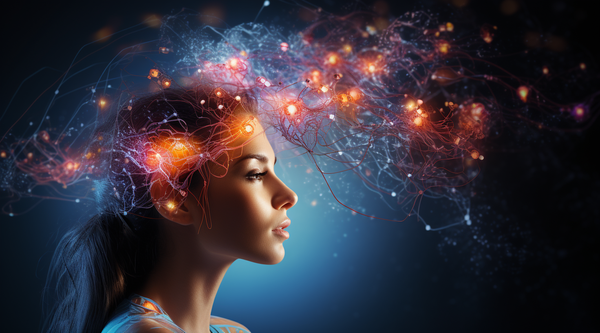Why Creative Effectiveness is about Positivity

My journey towards being an AI startup founder began with leading insight and research teams within creative agencies working with brands including L’Oréal, Nestlé, Tate & Lyle and Sony Pictures. Datasets and behavioural design were all the rage with creatives and brands trying to measure the performance of creative and ROI.
Working with brands and creatives, it always struck me that we only tested a small fraction of the content we put in front of consumers (usually marquee content) because it was so expensive to do so. This meant we had no idea what 99% of content was achieving or if it was in fact effective in engaging with or being memorable for consumers. If we could make testing and data curation more agile and cheaper, we could accurately and scientifically measure creative effectiveness for all creative campaigns and their content. It was this insight that led me to create DAIVID, an advertising research company which uses a suite of advanced technologies, including facial coding, eye tracking, AI machine learning and computer vision, to help optimise the attention captured by, and emotional impact of, creative for brands and advertisers. We have built an algorithmic prediction model for each country based on country-specific data curation to enable us to test creative for its effectiveness across a number of areas.
We bring the Why
Our creative effectiveness process, developed over a decade and built on a huge body of academic and industry studies, has been developed to help measure creative campaigns.

Although ROI has become the holy grail for brands and advertisers, the ability to measure creative effectiveness has become metric-focused. Sadly these metrics in today’s digital bot-filled world are easy to manipulate and in many cases to fake. Instead of focusing on the negative aspects of advertising and marketing, at DAIVID we believe that there is a growing body of evidence and academic research that proves that the best way to increase engagement with a product, service or brand is through evoking positive emotions.

Positivity is a force for good
Although most ‘humans’ believe that we are rational, logical actors; we know that emotions drive behaviours, both consciously and unconsciously. Advertisements that we remember capture our attention, invoke strong emotions and create memory structures that help us remember more effectively. For me, brands and advertising have the opportunity to be a force for good in society by using positive emotions to engage with consumers through awesome creative campaigns.
Recent academic research shows that we need a positivity ratio of 3 to 1 to thrive, with people experiencing 3 times the amount of positive to negative emotions. However, most people’s ratio is around 2 to 1. Personally, we can all manage our own positivity ratios by controlling and limiting negative sources of emotions in our lives. There are many ways to do this including meditation, exercise, having a gratitude practice or being in nature. These simple acts of daily practice can have a huge impact on our personal positivity ratio and by extension those we interact with.
Advertising can also play a huge role in this. By increasing the positive emotions evoked by ads and minimising the negative, the industry can influence the world’s positivity ratio, thereby improving mental health. A focus on positivity in advertising is win, win. Advertisers win by creating better advertising and consumers win through improved mental health. Therefore, at DAIVID, our purpose is to harness the power of the world’s media spend as a force for good on a global scale and we’re planning to bring as many advertisers as possible with us on this journey.








